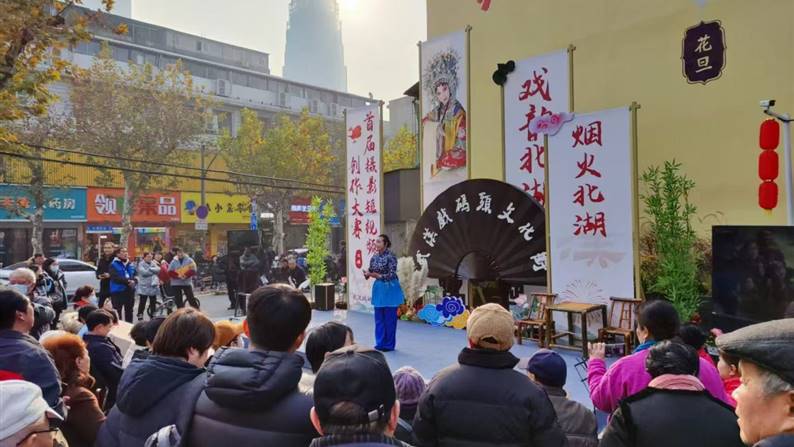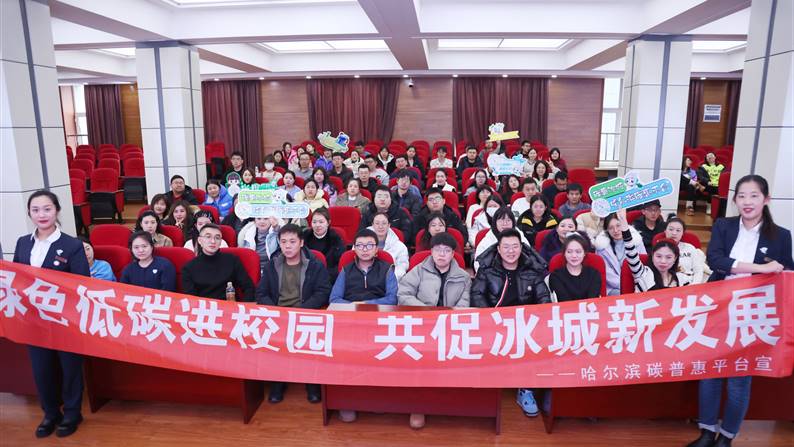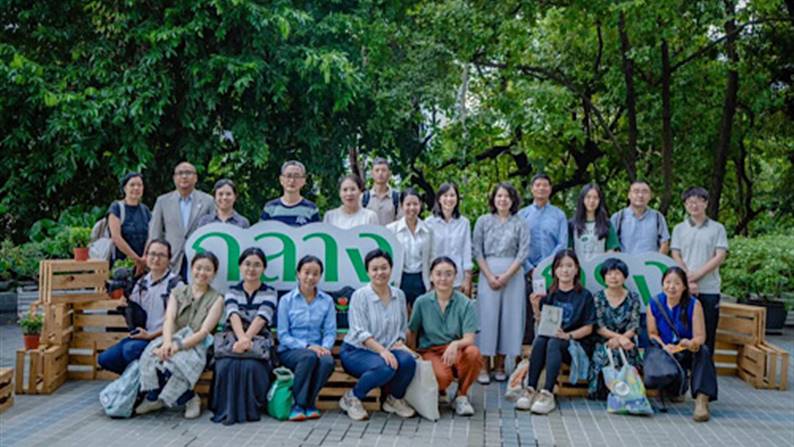

China
Energy Storage Network news: "The government work report is particularly
pragmatic and encouraging." Lei Jun, a deputy to the National People's
Congress and Chairman and CEO of Xiaomi Group, said that from the policy plans
and targets in the report, he deeply felt the government's responsibility to
stabilize growth, ensure people's livelihood, pay attention to people's
welfare, continue to advance the determination of tax and fee reduction, help
enterprises benefit the development of enterprises, and implement safeguard
measures to support the manufacturing industry, and also the courage of the
state to support scientific and technological innovation with strategic
research strength.
During
this year's National two sessions, Lei Jun, who is already a "Car Man",
pays special attention to the current hot topics in the automobile industry. He
suggested that cars reduce carbon and are concerned about the construction of
new energy vehicle infrastructure.
Improve the standard system to promote the
implementation of the "double carbon" goal
"Under
the trading system of global carbon peak, carbon neutral target and EU carbon
tariff, the low-carbon development of new energy vehicles has become a key
winner or loser in the global competition of the automobile industry, and a
complete, clear and accurate carbon footprint accounting system is the premise
and basis for the low-carbon development of the new energy automobile
industry." Lei Jun believes that a systematic carbon footprint management
system should be established to guide the low-carbon development of the new
energy vehicle industry. At present, no systematic carbon footprint policy
management system has been formed in the field of new energy vehicles. It is
suggested that relevant departments should start from the top-level design,
formulate medium and long-term development plans for carbon emission reduction
in the industry chain of new energy vehicles, and clarify the emission
reduction paths and objectives at each stage. In addition, they can also formulate
measures for the carbon footprint management of the whole industrial chain from
raw materials to scrap recycling, clarify the main responsibilities of
enterprises, and guide the industrial chain to implement carbon emission
reduction.
Lei Jun
believes that the whole industry chain of new energy vehicles carbon footprint
accounting standards and methods should be developed. At present, three batches
of 24 industry accounting methods have been released, but the whole industry
chain of new energy vehicles has not been covered. He suggested that relevant
national departments take the lead in developing and improving the carbon
footprint accounting methods and models for new energy vehicles, clarifying the
object, scope and boundary of carbon footprint accounting, and ensuring the
same product carbon footprint accounting standards are unified; At the same
time, the standard system of carbon footprint measurement and evaluation should
be established to clarify the requirements of measurement accuracy and data
sources, improve the accuracy of carbon footprint accounting, and provide clear
guidance for enterprises and relevant institutions to carry out carbon
footprint accounting and evaluation.
Lei
also suggested that a carbon footprint data platform should be established for
new energy vehicles, and carbon footprint certification, rating and incentive
mechanisms should be improved. At present, Chinese new energy vehicle product
carbon footprint certification system is still not perfect, the enthusiasm of enterprise
product’s low carbon certification needs to be further boosted. It is suggested
that the competent authorities should introduce the carbon footprint
certification standards for new energy vehicles as soon as possible to
standardize the certification process; Develop evaluation levels and
corresponding indicators, and establish a rating and publicity system for
low-carbon products of new energy vehicles; Design market-based incentive
mechanisms to encourage enterprises to increase investment in low-carbon
design.
Speed up the development of high power
fast charging facilities
In the
development of new energy vehicles, charging infrastructure is an important
guarantee for the high-quality development of new energy vehicles. But there
are still some sore points in this field.
"Further
improving the ability of charging infrastructure, continuously enhancing the
international competitiveness of our new energy vehicles, and promoting the
development of high-power fast charging will become an important development
direction in the current and future period of time." Lei
Jun believes that we should strengthen policy guidance and overall promotion of
high-power fast charge network planning and layout. At
present, high-power fast charging stations are mainly built independently by
enterprises. The construction layout, scale and technical indicators lack
overall planning, and the connectivity level is low. To address this problem,
Lei suggested that a new generation of high-power fast charging network
planning scheme should be formulated, with key targets such as construction
scale, land use planning and charging capacity clearly defined, to improve the
capacity expansion capacity of key regional power grids, increase the number of
high-power fast charging stations and improve effective coverage.
Lei
also stressed the necessity and importance of joint efforts. He believes that
in order to accelerate the construction of high-power fast charging stations,
it is necessary to establish a national innovation cooperation platform and
strengthen joint research on core technologies. The reason is that although
there has been a breakthrough in the frontier research of high-power fast
charging technology in recent years, the overall research capability still has
great room for improvement. Enterprises are faced with various problems such as
high cost of high voltage platform research and development, immature
industrial chain, and lack of input power for research and development of
high-power charging technology. In view of this, he suggested building a
national innovation cooperation platform, formulating a catalogue of advanced
technologies for high-power charging, accelerating the establishment of a
collaborative R&D mechanism between enterprises and research institutes,
strengthening joint research on the new-generation high-power fast charging
technology and the integration of storage and charging technology, and
establishing incentive policies for technological innovation in the field of
high-power fast charging.
To
strengthen the construction service guarantee and promote the popularization of
high-power charging infrastructure, Lei Jun suggested more investment and
subsidies in the construction, renovation and operation of high-power fast
charging stations with advanced technology; Accelerating the standardization
and scale construction of key equipment and stations for high-power fast
charging, and reduce equipment and deployment costs; Establishing a quick
approval mechanism for power quota of high-power fast charging stations,
accelerating the approval process of station construction, and improve the
construction efficiency of high-power fast charging stations.
To strengthen the construction service guarantee and promote the popularization of high-power charging infrastructure, Lei suggested more investment and subsidies in the construction, renovation and operation of high-power fast charging stations with advanced technology. He also suggested speeding up the standardization and scale of construction of key high-power fast-charging equipment and stations to reduce equipment and deployment costs. In addition, the rapid approval mechanism of power quota for high-power fast charging station can be established to accelerate the approval process of station construction and improve the construction efficiency of high-power fast charging station.
中国储能网讯:“政府工作报告内容特别务实,振奋人心。”全国人大代表、小米集团董事长兼首席执行官雷军表示,从报告中的政策规划和目标中深深感受到政府稳增长、保民生,关注人民福祉的责任担当,持续推进减税降费、助企惠企的发展决心,落实保障措施支持制造业的细致工作态度,以及国家以战略科研力量支持科技创新的魄力。
今年全国两会期间,已是“汽车人”的雷军尤其关注汽车行业当前的热点话题。他建言汽车减碳,关心新能源汽车基础设施建设。
完善标准体系 推动落实“双碳”目标
“在全球碳达峰、碳中和目标和欧盟碳关税等贸易制度下,新能源汽车低碳发展已成为汽车工业全球竞争的关键胜负手,而完整、清晰、准确的碳足迹核算体系是新能源汽车产业低碳发展的前提和基础。”雷军认为,应建立系统的碳足迹管理体系,全局指导新能源汽车产业低碳发展。目前新能源汽车领域尚未形成系统的碳足迹政策管理体系,建议有关部门从顶层设计出发,制定新能源汽车产业链碳减排中长期发展规划,明确各阶段减排路径和目标;制定从原材料到报废回收全产业链碳足迹管理办法,明确企业主体责任,指导产业链实施碳减排。
雷军认为,应制定新能源汽车全产业链碳足迹核算标准及方法。目前我国已发布3批共24个行业核算方法,但尚未覆盖新能源汽车全产业链。他建议,国家相关部门牵头制定和完善新能源汽车碳足迹核算方法和模型,明确碳足迹核算的对象、范围和边界,确保同一类产品碳足迹核算标准统一;同时,建立碳足迹测量及评价标准体系,明确计量精度、数据来源等要求,提高碳足迹核算的准确性,为企业及相关机构开展碳足迹核算及评价工作提供明确指导。
雷军同时建议,要建立新能源汽车碳足迹行业数据平台,完善碳足迹认证、评级及激励机制。目前我国新能源汽车产品碳足迹认证体系仍不够完善,企业产品低碳认证积极性有待进一步提振。建议主管部门尽快出台新能源汽车碳足迹认证标准,规范认证流程;制定评价等级及对应指标,建立新能源汽车低碳产品评级及公示制度;设计市场化的激励机制,鼓励企业加大低碳设计投入。
加快发展大功率快充设施
在我国新能源汽车发展中,充电基础设施是新能源汽车行业高质量发展的重要保障,目前这一领域仍存在一些痛点。
“进一步提升充电基础设施保障能力,持续增强我国新能源汽车国际竞争力,推进大功率快充发展将成为当前及未来一段时间内的重要发展方向。”雷军认为,要强化政策引领,统筹推进大功率快充网络规划布局。当前,大功率快充站以企业自主建设为主,建设布局、规模、技术指标等缺少整体统筹规划,互联互通水平较低。针对这一问题,雷军建议,制定新一代大功率快充网络规划方案,明确建设规模、用地规划、充电容量等关键目标,提高重点区域电网的扩容能力,增加大功率快充站数量,提高有效覆盖率。
雷军同时强调联合攻关的必要性和重要性。他认为,为加快大功率快充站建设,必须组建国家级创新合作平台,加强核心技术联合攻关。原因在于,近年来我国在大功率快充前沿技术研发方面虽已有所突破,但整体研发能力仍有较大提升空间。企业面临高电压平台研发成本高、产业链不成熟等各种问题,研发大功率充电技术的投入动力不足。针对这一点,他建议搭建国家级创新合作平台,制定大功率充电先进技术目录,加速建立企业、科研院所协同研发机制,加强对新一代大功率快充技术及储充一体等技术的联合攻关,建立针对大功率快充领域的技术创新激励政策。
针对加强建设服务保障,推动大功率充电基础设施普及这一问题,雷军建议加大投资力度,针对应用先进技术的大功率快充站,在建设、改造及运营等方面加大投资和补贴;加快推进大功率快充关键设备和场站建设标准化、规模化,降低设备及部署成本;建立大功率快充站用电配额快速审批机制,加速场站建设审批流程,提升大功率快充站建设效率。

打造绿色低碳街区,奏响幸福美好生活最强音
10-18 · 来源:湖北省武汉市江汉区北湖街道环保社区 · 作者:湖北省武汉市江汉区北湖街道环保社区

“碳惠冰城”:东北首个市级平台的“双碳”实践与冰城示范
10-15 · 来源:哈尔滨产权交易所有限责任公司 · 作者:哈尔滨产权交易所有限责任公司

亚洲气候治理新篇章:中国公益代表团参访曼谷气候周,探索跨区域合作新路径
10-10 · 来源:公益时报 · 作者:公益时报